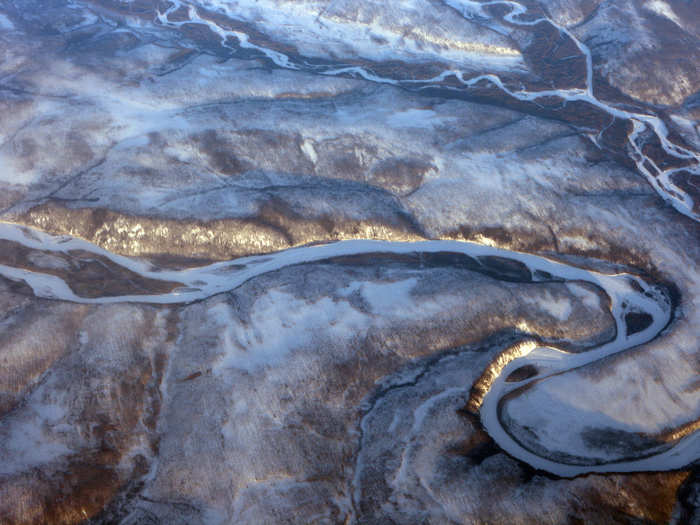
Source: Smithsonian's "How To Clone A Woolly Mammoth."

Source: Smithsonian's "How To Clone A Woolly Mammoth."

Source: Smithsonian's "How To Clone A Woolly Mammoth."

Source: Smithsonian's "How To Clone A Woolly Mammoth."

Source: Smithsonian's "How To Clone A Woolly Mammoth."

Source: "Radiocarbon Evidence of Mid-Holocene Mammoths Stranded on an Alaskan Bering Sea Island," Nature, June 2004.

Source: San Diego Zoo.

Source: Smithsonian's "How To Clone A Woolly Mammoth."

Source: Smithsonian National Zoological Park.

Source: "Fifty Thousand Years of Arctic Vegetation and Megafaunal Diet," Nature, February 2014

Source: Smithsonian's "How To Clone A Woolly Mammoth."

Source: Smithsonian's "How To Clone A Woolly Mammoth."

Source: Smithsonian's "How To Clone A Woolly Mammoth."

Source: "Cloning Comeback," Nature, January 2014.

Source: Smithsonian's "How To Clone A Woolly Mammoth."

Source: "George Church: De-Extinction Is A Good Idea," Scientific American, August 2013.

Source: Smithsonian's "How To Clone A Woolly Mammoth."
 Global stocks rally even as Sensex, Nifty fall sharply on Friday
Global stocks rally even as Sensex, Nifty fall sharply on Friday
 In second consecutive week of decline, forex kitty drops $2.28 bn to $640.33 bn
In second consecutive week of decline, forex kitty drops $2.28 bn to $640.33 bn
 SBI Life Q4 profit rises 4% to ₹811 crore
SBI Life Q4 profit rises 4% to ₹811 crore

Copyright © 2024. Times Internet Limited. All rights reserved.For reprint rights. Times Syndication Service.